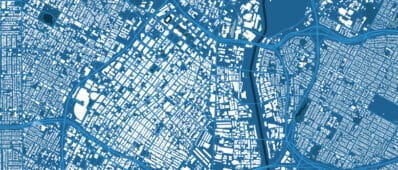Abstract
Located on the tectonic boundary with multiple active faults, the San Francisco Bay Area is highly vulnerable to earthquakes. The United States Geological Survey (USGS) has estimated a 72% probability of an earthquakewith a magnitude of 6.7 or greater striking the region within the next 30 years. Historical seismic events have demonstrated the profound impact earthquakes can have on transportation systems. During the 1989 Loma Prieta Earthquake, the closure of the San Francisco-Oakland Bay Bridge, a critical transit route for San Francisco commuters, left nearly 400,000 commutersand approximately 245,000 vehicles daily with limitedalternative routes.




